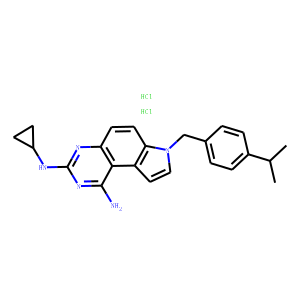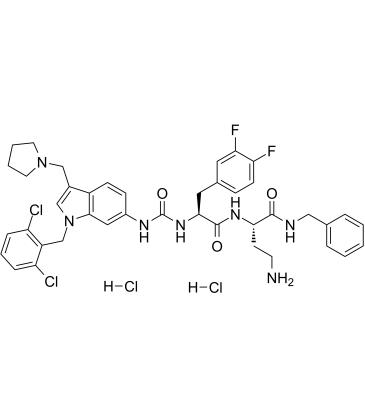Protease Activated Receptor (PAR)
Protease-activated receptors (PARs) are a unique family of G protein-coupled receptors activated by the cleavage of their N-terminal domain by specific proteases. This activation mechanism unveils a new tethered ligand that binds intramolecularly to initiate receptor signaling. There are four known subtypes: PAR1, PAR2, PAR3, and PAR4, each playing diverse roles in physiological and pathological processes, including inflammation, coagulation, and tissue repair. PARs are notably involved in the cardiovascular system, where they contribute to vascular tone and platelet aggregation. Their involvement in disease mechanisms like thrombosis, cancer, and inflammation makes them intriguing targets for therapeutic intervention, with ongoing research exploring novel inhibitors and modulators.


